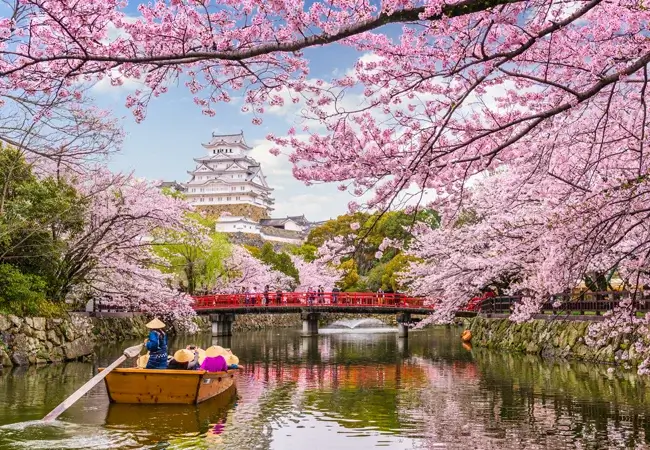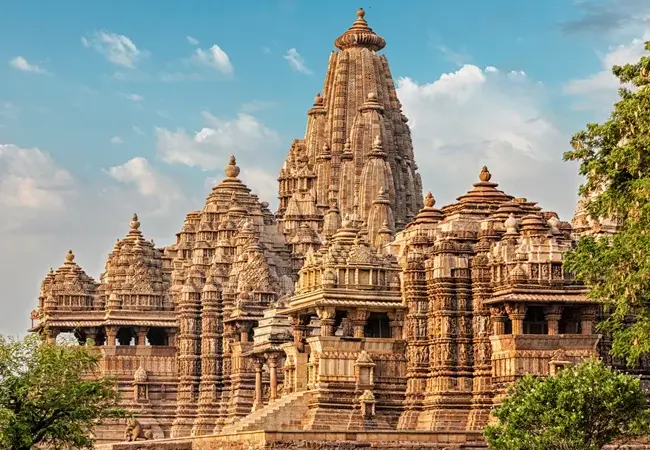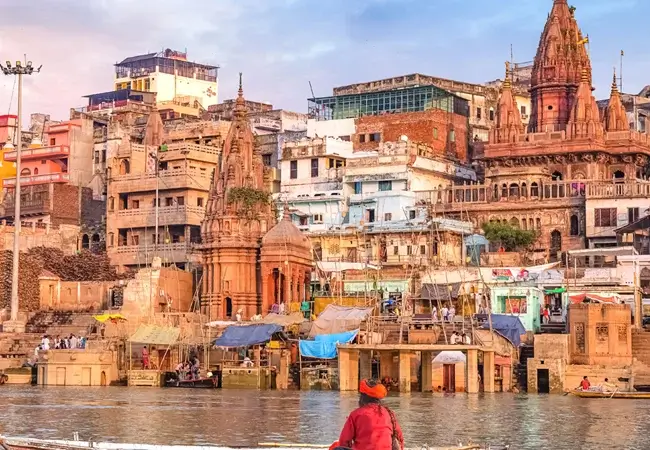We all are aware of the rich cultural heritage of Tamil Nadu and the way they respect their religion and tradition. The majority of the people of this state follow Hinduism which lies at the core of their culture. There are a large number of temples present in Tamil Nadu dedicated to Gods and Goddesses and the most famous temples are located in the city of Mamallapuram (7th and 8th-century structures). Thus, this city has been designated a UNESCO World Heritage Site in the year 1984.
Thanjavur is a city having religious importance in Tamil Nadu and is considered to be an important centre of South Indian religion, art, and architecture. This city is known to house most of the Great Living Chola Temples, which are UNESCO World Heritage Monuments. Besides, it is also home to Tanjore painting, a painting style unique to the region.
The gopurams, o gateway towers of such temples, are dominant in most towns, particularly Chidambaram, Kanchipuram, Thanjavur, Madurai, and the Srirangam pilgrimage center in Tiruchirapalli. These temples are known to host a number of annual festivals and end up attracting a large number of tourists and devotees which significantly contribute to the economy of the state too.

This temple was built under the supervision of the Chola King Rajendra Chola in the 11th century. Rajendra Chola was the son of Rajaraja Chola. This grand temple stands next to the other significant temple of Thanjavur, Brihadeshwara Temple. According to popular belief, when the Chola dynasty was on their way to conquer the major part of north India as a part of their expanding territory, King Rajendra Chola brought water from River Ganges in a golden pot and consecrated the Cholaganga reservoir. After King Rajendra Chola brought the Ganga water, he was titled “Gangaikondan” which means the one who brought the water from the Ganges. It took almost 9 years for the architects and artisans to construct this splendid piece of beauty.

Thanjai Mamani Koil is a set of three adjacent temples dedicated to Lord Vishnu located at the heart of Thanjavur. It is also considered to be one of the Divya Desams, the 108 temples of Vishnu revered by the 12 poet saints called the Alvars. Unlike other Divya Desams where a single shrine is referenced, this set of temples is referred to together in all the pasurams (sacred hymns).
This temple holds great significant importance with contributions at different times from Medieval Cholas, the Vijayanagara Empire, and Madurai Nayaks. The temples are enshrined within granite walls and the three complexes contains all the shrines of the temple. The Brhamotsavam festival is the most prominent festival that is celebrated in these temples every year.
A temple that reflects strongly Dravidian architecture and is located in Kumbakonam, Thanjavur is the Airavateshwara Temple. This temple was constructed under the supervision of the Chola emperor Rajaraja II in the 12th century CE and is a UNESCO World Heritage Site, along with the Brihadeshwara Temple. It also holds the record of being one of the Great Living Chola Temples.
Airavateshwara Temple is dedicated to Lord Shiva. Moreover, it is known to display Vaishnavism as well as Shaktism of Hinduism equally, along with legends associated with Nayanmars- the Bhakti movement saints of Shaivism. This temple continues to keep the faith of thousands of visitors intact and attract large gatherings of pilgrims every year during the month of January.

The official name of this temple is Rajarajeshwaram and is locally called Thanjai Periya Kovil. It is a Shaivite Hindu temple that was constructed during the rule of the Chola dynasty in a Chola architectural style, occupying the southern bank of the Cauvery River in Thanjavur city of Tamil Nadu. This temple holds the record of being one of the largest Hindu temples that beautifully depicts the architecture of Tamil Nadu. It is also called Dakshina Meru.
This temple was built under the supervision of Chola emperor Rajaraja I between 1003 and 1010 CE. Besides, the temple is a part of the UNESCO World Heritage Site known as the “Great Living Chola Temples”, accompanied by the hola-era Gangaikonda Cholapuram temple and Airavatesvara temple which are at a distance of 70 km and 40 km from Brihadeshwara Temple.
Though this temple has garnered the attention of devotees as a Shaivite temple, it also has sculptures related to Vaishnavism and Shaktism. The temple has been subjected to damage and destruction many times in its history and some artwork is now missing. Many additional mandapam and monuments, thus, have been introduced in the premises that followed. The temple now stands amidst fortified walls that were added after the 16th century.
Granite was mainly used to build the vimana tower situated above the shrine which is considered to be one of the tallest in South India. This temple contains a large corridor and one of the largest Shiva lingas in India. The complex is also decorated with shrines for Nandi, Parvati, Murugan, Vinayagar, Sabhapati, Dakshinamurti, Chandikeshwar, Varahi, and others. This temple is one of the most visited temples in Tamil Nadu that remains overcrowded with devotees almost throughout the year.

There are a total of 3 gates to make entry to this temple out of which 2 are very massive. The presence of huge walls around the outer gateway indicates a fort-like structure. The 2nd gate is called Keralantakal Tiruvasal and the 3rd gate is called Rajarajan Tiruvasal. The 2nd gate was built in memory of Chola king Raja Raja Chola.
This gate remains decorated with several tiny statues of Hindu gods and goddesses such as Shiva, Parvati, Ganesha, and Vishnu. The next gate is known to be even more intricately carved and has 2 massive guards called dwarapalikas-carved in stone. After crossing the gates, devotees tend to encounter the first massive structure called the monolith Nandi, one of the largest in South India.

Places to visit in Thanjavur.
It is a famous tourist spot in Thanjavur which is located at a distance of 2 km from the Brihadeshwara Temple. The construction of this majestic fort is credited to Nayaks and partly by Maratha rulers during the early 1550 AD. The fort contains a Tanjore Palace, Sangeetha Mahal, Library, and an exquisite art gallery that includes many sculptures as well as paintings. The fort at present is mostly in ruins now but still echoes its strength and grandeur it must have in the past.
The ideal time to visit Tamil Nadu is from December to February because, during this time of the year, the climate remains comparatively pleasant as the temperature ranges between 20 and 29 degrees Celsius.














